I would like to stitch multiple (5 or 6) images using python. I'm new to python but I want to use this since it runs on the server and is opensource. OpenCV seems very well capable of doing this and would be my prefered option, but the functions are mostly in C++ and I can't find any example that does it in python (although it should be capable). I found this link: http://richardt.name/teaching/supervisions/vision-2011/practical/ but I think that I'm not capable of doing the exercise.
I also found a lot about panotools and Hugin. Hugin is supposed to be able to do the stitching using HSI (Hugin Scripting Interface) but the documentation is very scarce. The example I found should maybe work, but I can't get Hugin and HSI to work in python, there is no explaination on how to install/import the library.
Is there anyone that can help me with this? I come from programming in php and am really new to Python, OpenCV and Hugin.
Many thanks

